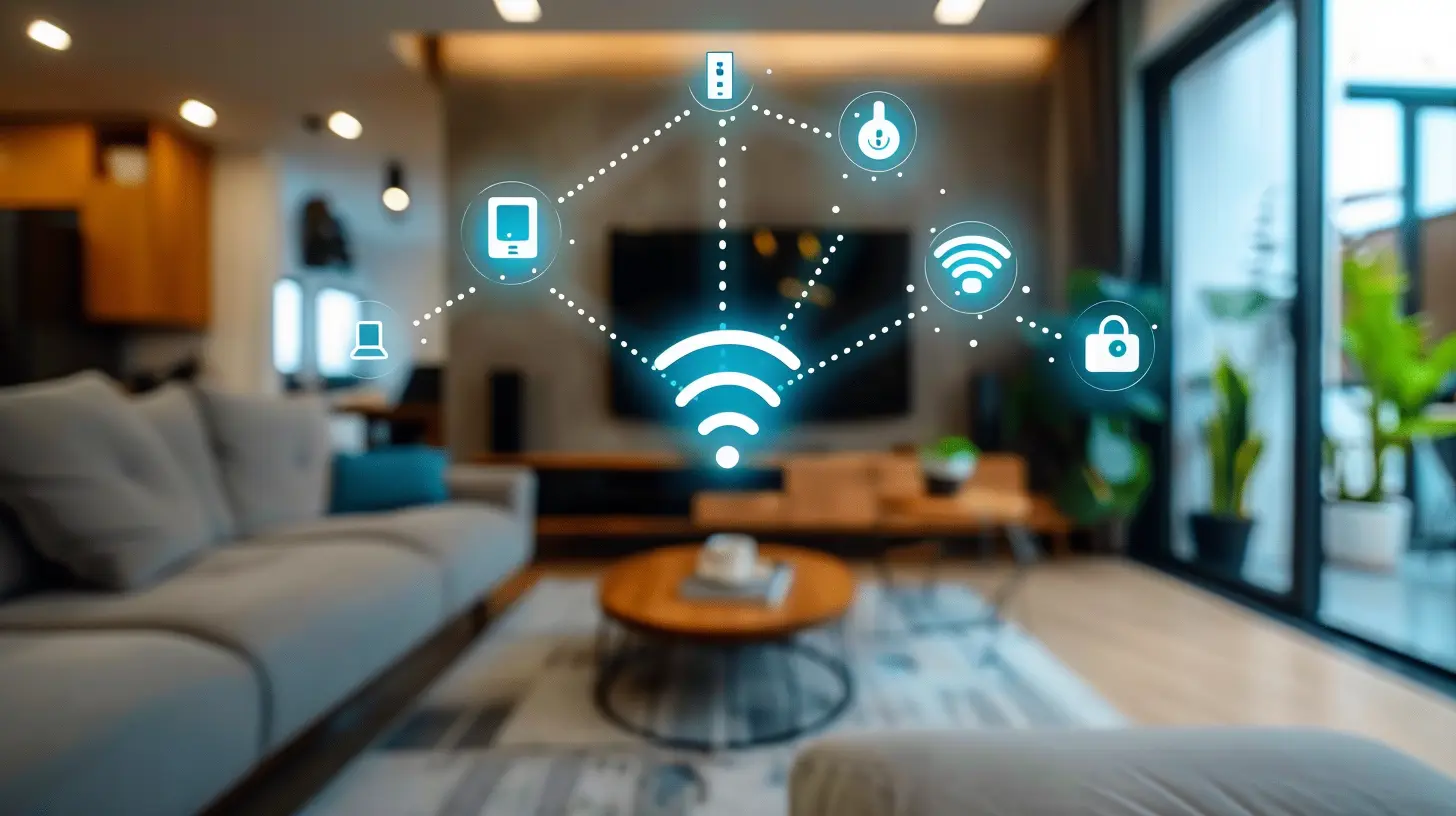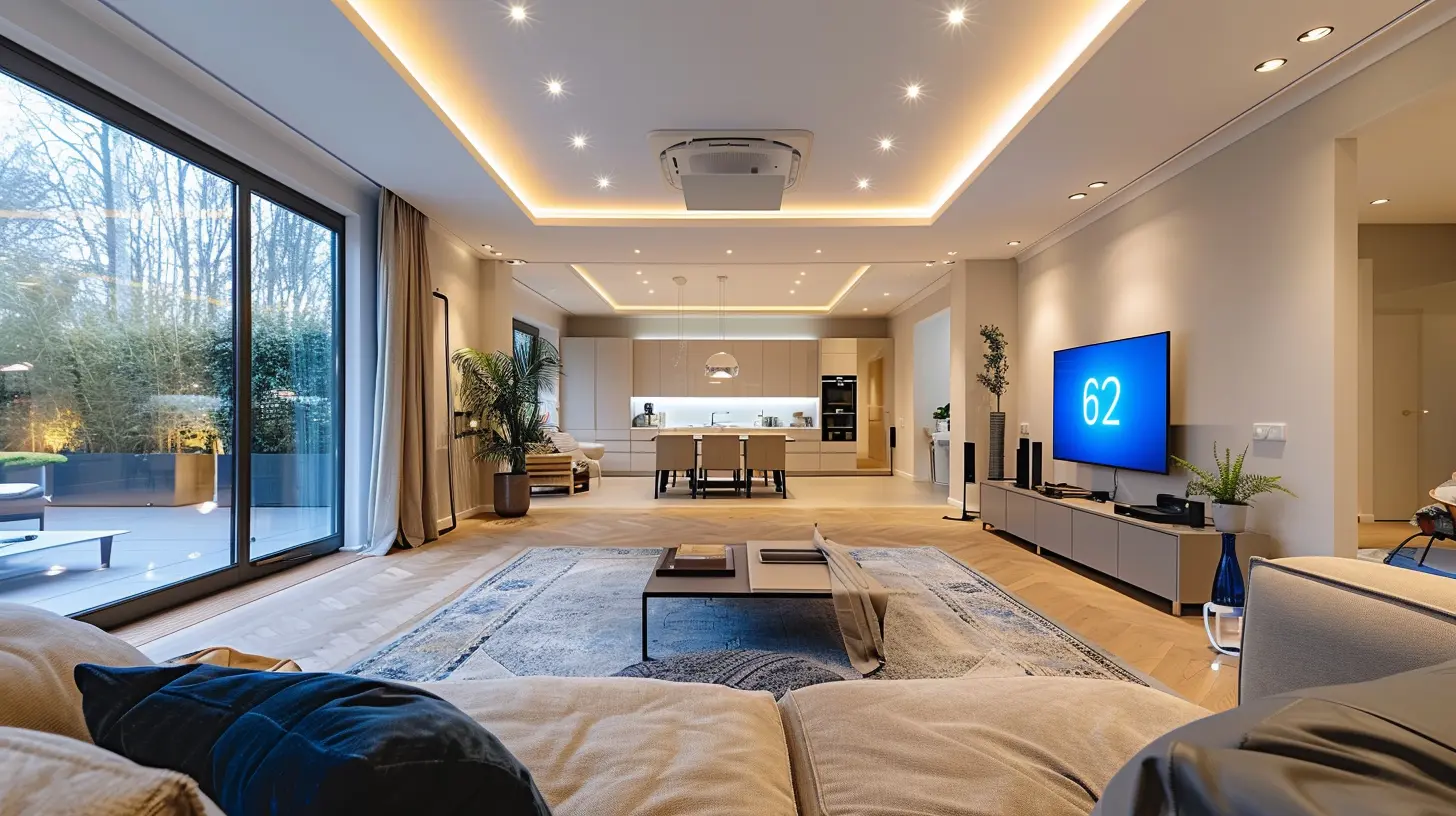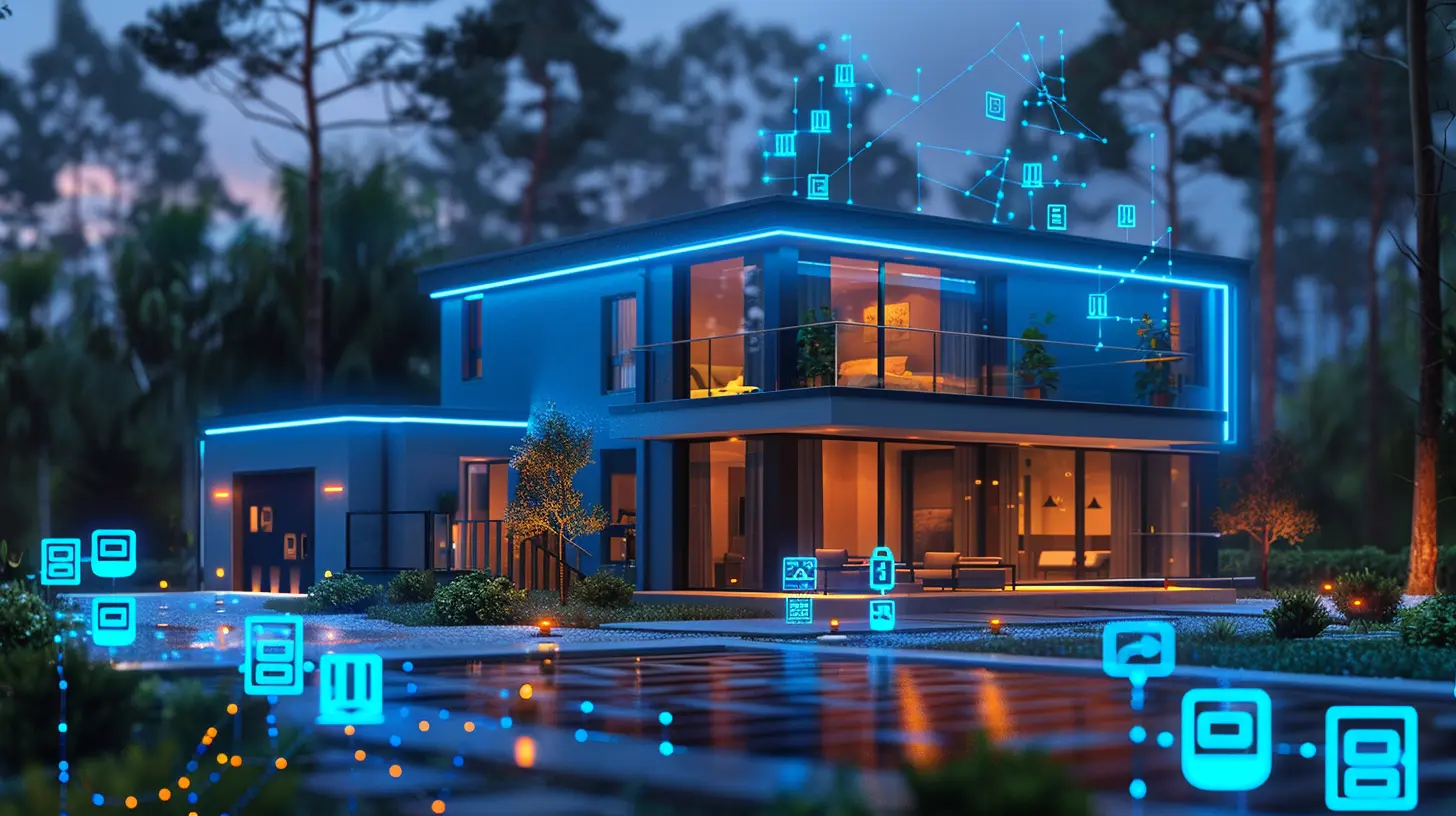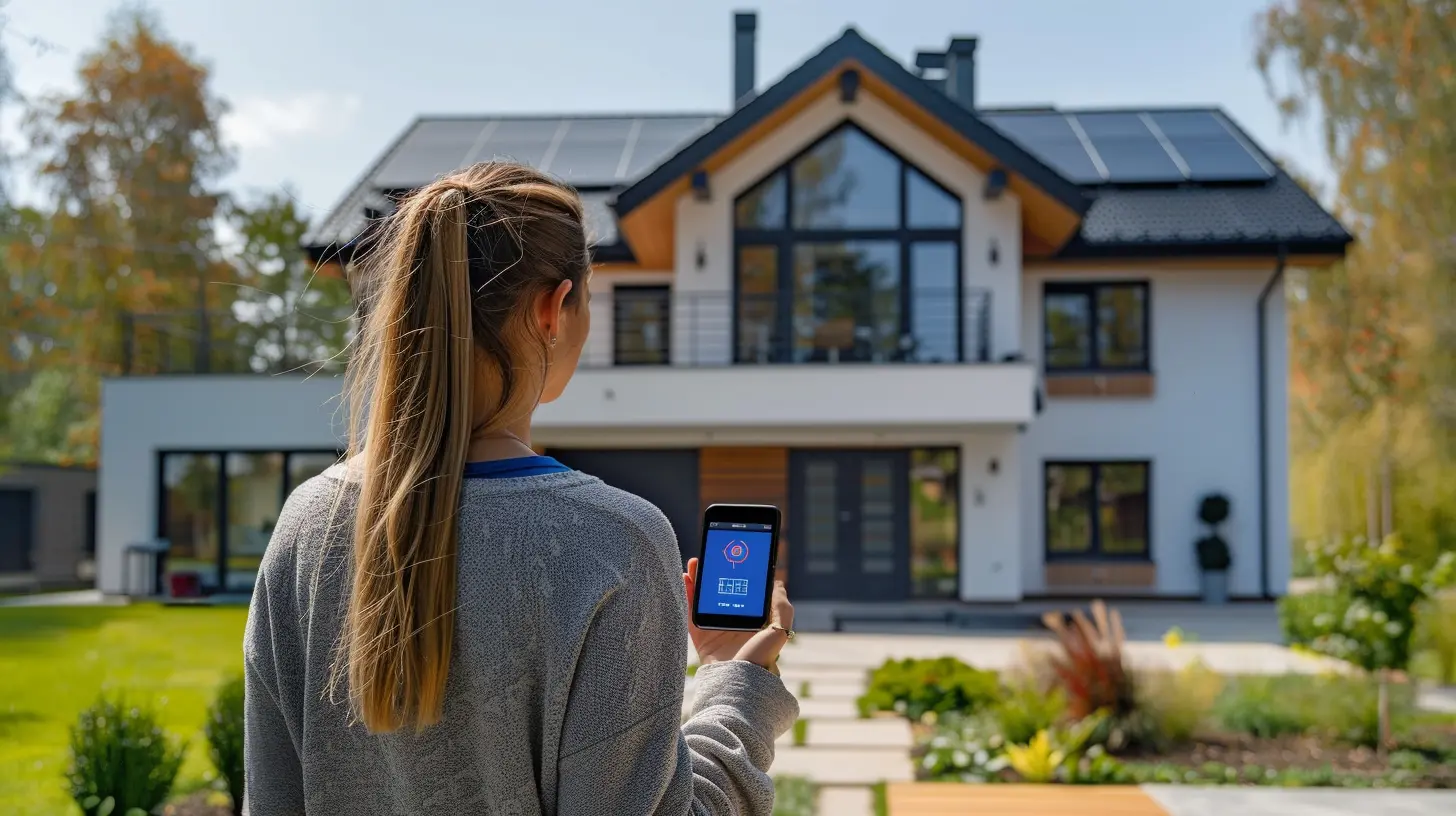Home Automation for Beginners: Where to Start
2 July 2025
Home automation used to be a futuristic dream, something you’d see in sci-fi movies. But today, smart homes are becoming the norm, making life more convenient, secure, and energy-efficient. If you’ve ever wished you could control your lights, thermostat, or even your coffee maker with just a voice command or a tap on your phone, you’re in the right place!
But let’s be honest—getting started can feel overwhelming. With so many devices and platforms available, where do you even begin? Don’t worry! This beginner-friendly guide will walk you through the basics of home automation, helping you make informed decisions without feeling lost in a sea of tech jargon. 
What is Home Automation?
At its core, home automation means using smart devices to control various aspects of your home—lighting, security, temperature, entertainment, and even appliances—with minimal human intervention. These devices can be programmed to work on schedules, respond to voice commands, or even communicate with each other to create a seamless home experience.You might be wondering, “Is this really necessary?” The truth is, home automation isn’t just about convenience—it’s also about saving time, improving security, and cutting down on energy bills. 
Why Should You Consider Home Automation?
If you’re still on the fence, here’s why smart home tech is worth considering:✅ Convenience – Imagine walking into your house, and the lights turn on automatically while your favorite playlist starts in the background. No more fumbling with switches!
✅ Security – Smart cameras, motion sensors, and door locks give you peace of mind, whether you're at home or miles away.
✅ Energy Efficiency – Automating your thermostat and lighting can significantly reduce energy wastage, translating to lower utility bills.
✅ Peace of Mind – Did you leave the iron on? Is your garage door open? A quick glance at your phone can settle your worries instantly. 
Home Automation Basics: Where to Start?
Starting your smart home journey doesn’t mean you have to buy a truckload of gadgets right away. The key is to start small, focus on what matters most, and expand gradually. Here’s a step-by-step approach:1️⃣ Choose a Smart Home Ecosystem
Before diving into smart devices, it’s crucial to pick a smart home ecosystem—a platform that will act as the “brain” of your automation setup. The three major choices are:🗣 Amazon Alexa – Best if you want a wide variety of compatible devices and voice-controlled automation.
🍏 Apple HomeKit – Ideal for users in the Apple ecosystem looking for seamless integration and security.
🔵 Google Home – Great for Android users or those who already use Google services like Nest products.
Your choice here will determine which devices work best together. Mixing ecosystems can get messy, so sticking with one simplifies things.
2️⃣ Start with a Smart Speaker or Display
Think of a smart speaker or display as your automation hub—it allows you to control other devices hands-free.- Amazon Echo for Alexa users
- Google Nest Hub for Google Assistant fans
- Apple HomePod for HomeKit lovers
A smart speaker can answer questions, set reminders, control compatible devices, and even tell you jokes. (Who doesn’t love a little entertainment?)
3️⃣ Automate Your Lighting
Smart lighting is one of the easiest and most impactful home automation upgrades.💡 Smart Bulbs – Brands like Philips Hue and LIFX allow you to control brightness and colors from your phone or voice assistant.
🎚 Smart Switches – If you don’t want to replace bulbs, smart switches let you automate existing light fixtures.
📅 Scheduling & Scenes – Set lights to turn on/off at specific times, or create moods like “Movie Night” or “Relax Mode.”
Bonus: Smart bulbs can simulate your presence when you’re away, adding an extra layer of security!
4️⃣ Upgrade to a Smart Thermostat
A smart thermostat, like Nest or Ecobee, learns your schedule and adjusts temperatures automatically, helping you save on energy costs. Imagine waking up to a warm house in winter without lifting a finger!Features to look for:
✔️ Remote temperature control via an app
✔️ Learning capabilities (adapts to your routine)
✔️ Energy reports to track consumption
5️⃣ Enhance Security with Smart Locks & Cameras
Home security is a big reason many people embrace automation. Here’s how you can level up your home’s safety:🚪 Smart Locks – Lock/unlock your doors remotely, grant temporary access to guests, or use fingerprint recognition.
📹 Video Doorbells – See and talk to visitors from anywhere with devices like Ring or Nest Hello.
🏡 Security Cameras – Keep an eye on things with indoor and outdoor smart cameras. Many offer motion detection alerts straight to your phone. 
Bonus: Other Smart Devices Worth Considering
Once you’ve mastered the basics, you can expand your smart home with these advanced gadgets:🛏 Smart Plugs – Turn non-smart appliances into smart ones by controlling them remotely.
📺 Smart TV & Streaming Devices – Control your TV with voice commands using Fire TV, Roku, or Chromecast.
🧹 Robot Vacuums – Devices like Roomba can clean your floors while you relax.
🛁 Smart Bathroom Gadgets – Smart mirrors, showers, and even toilets for a futuristic experience.
Common Concerns and How to Overcome Them
Even though smart home tech is super exciting, it’s normal to have concerns. Let’s address a few:🛑 Is it expensive? – While high-end products exist, many budget-friendly options are available. You can always start small and scale up over time.
🔌 Will it increase electricity bills? – On the contrary! Smart thermostats, lights, and plugs can actually help reduce energy consumption in the long run.
🔓 What about security risks? – Like any connected device, smart home gadgets can be vulnerable to hacking. Always use strong passwords, enable two-factor authentication, and keep firmware updated.
📡 Do I need a strong Wi-Fi connection? – Yes! A weak network can cause delays or failures in automation. If needed, consider a mesh Wi-Fi system for better coverage.
Final Thoughts
Home automation isn’t about going full sci-fi overnight—it’s about taking small steps toward a smarter, more convenient lifestyle. Whether you start with a voice assistant, smart lighting, or security improvements, the key is to choose what benefits you the most.Once you experience the magic of home automation, there’s no turning back. Imagine waking up to the smell of coffee brewing automatically or coming home to a perfectly lit, cozy space. Sounds pretty awesome, right?
So, what’s the first smart device you’re adding to your home? Let’s get started!
all images in this post were generated using AI tools
Category:
Home AutomationAuthor:

Ugo Coleman
Discussion
rate this article
2 comments
Katherine Warren
Embrace the future of living! Home automation transforms everyday tasks into seamless experiences. Start small, dream big, and unlock the potential of a smart home!
October 10, 2025 at 11:14 AM

Ugo Coleman
Thank you for your enthusiastic comment! Embracing home automation can truly enhance our daily lives—starting small is a great way to ease into the smart home experience.
Yvonne McClintock
Great overview for beginners! I appreciate the clear steps and practical tips. It’s essential to start simple and gradually build a smart home. Excited to explore my options after reading this. Thanks!
July 12, 2025 at 3:54 AM

Ugo Coleman
Thank you for your kind words! I'm glad you found the overview helpful. Enjoy your smart home journey!


